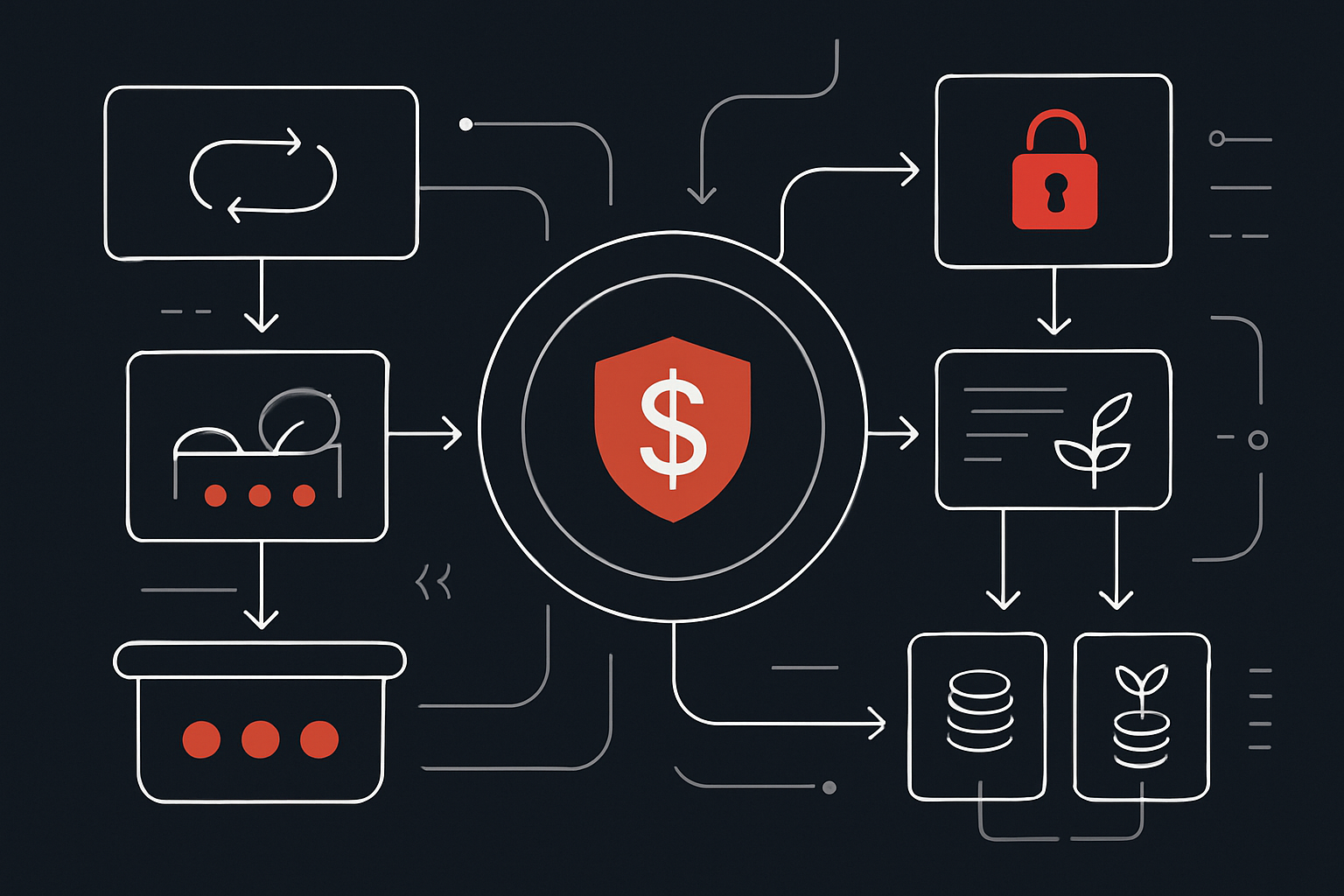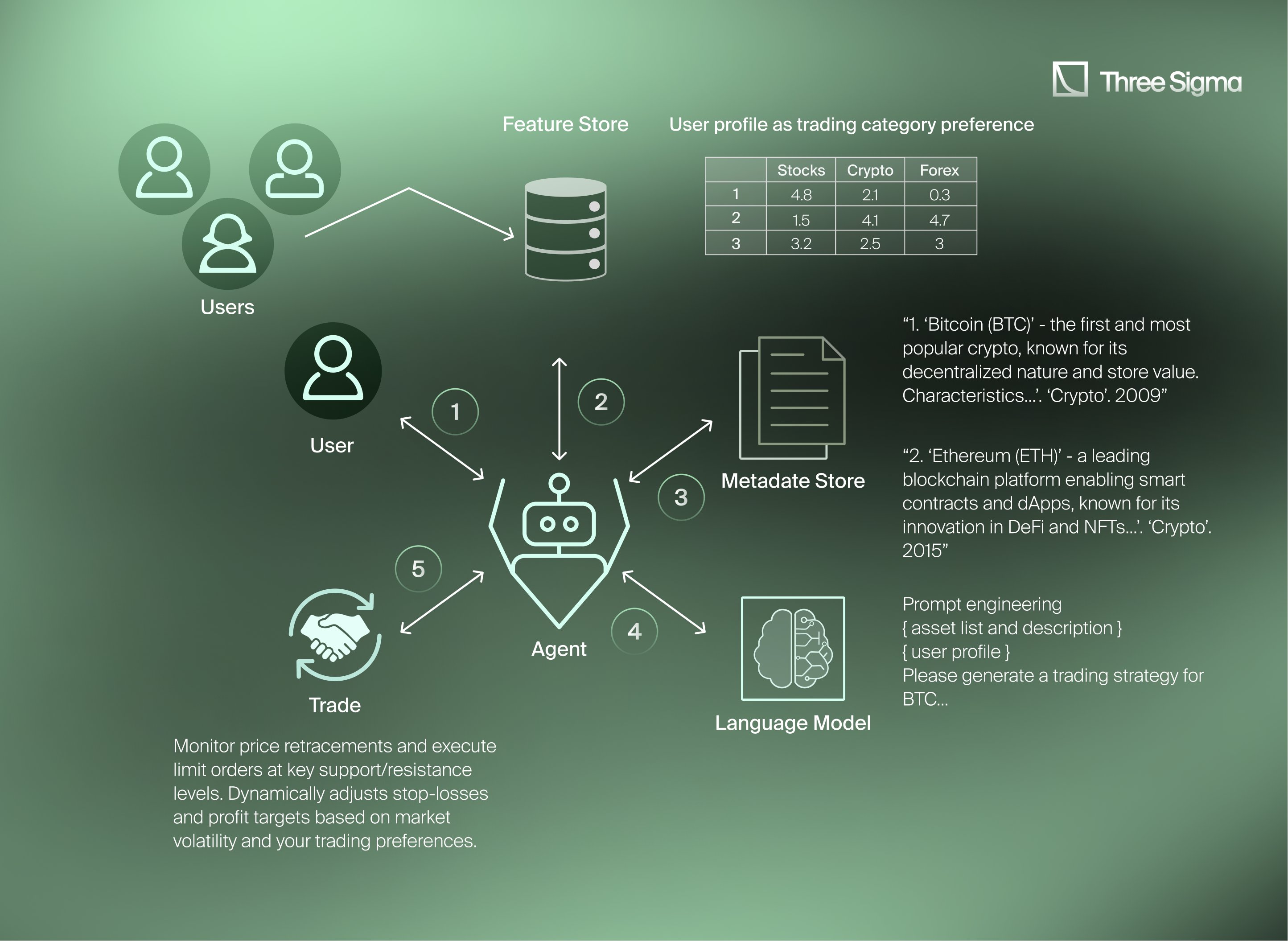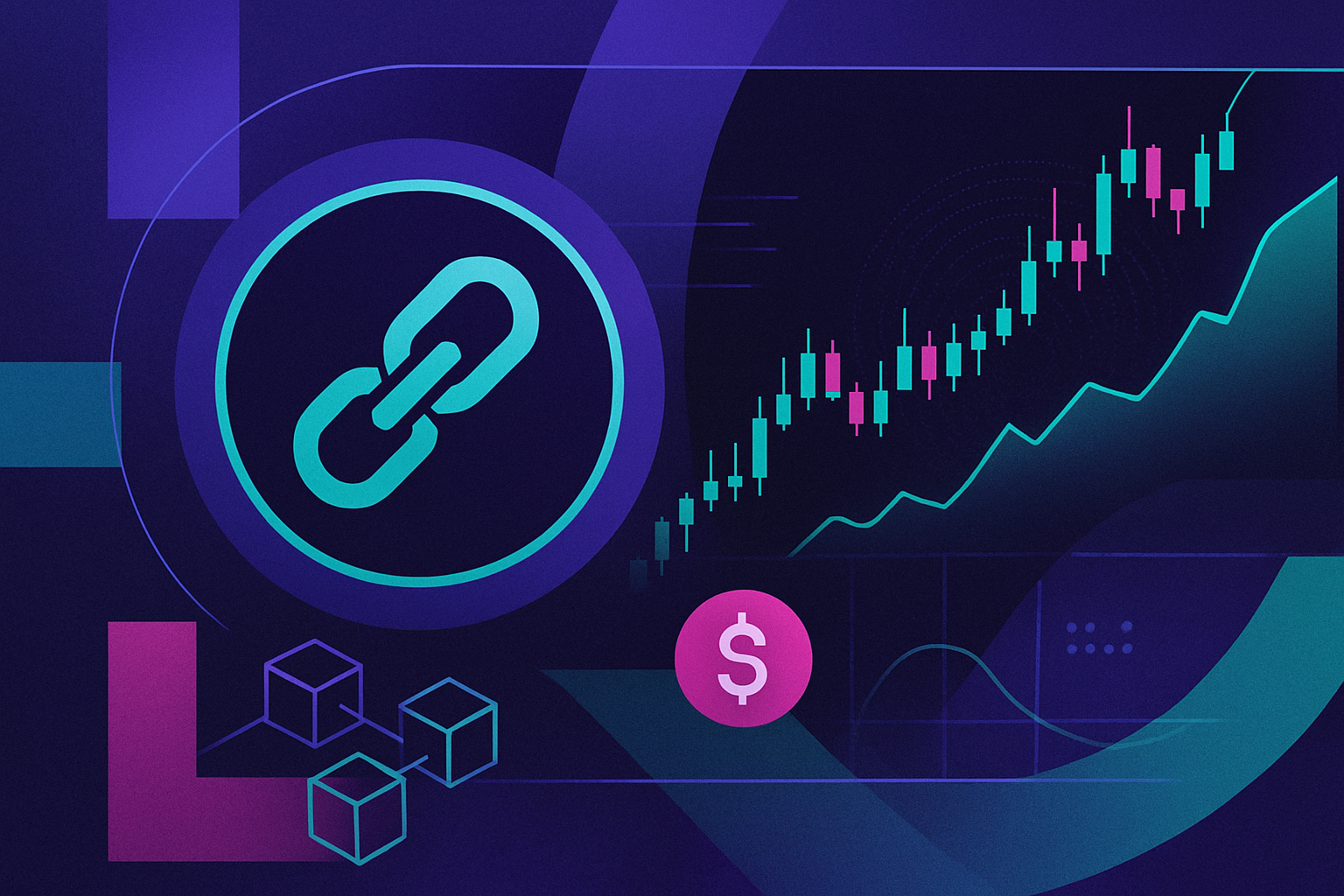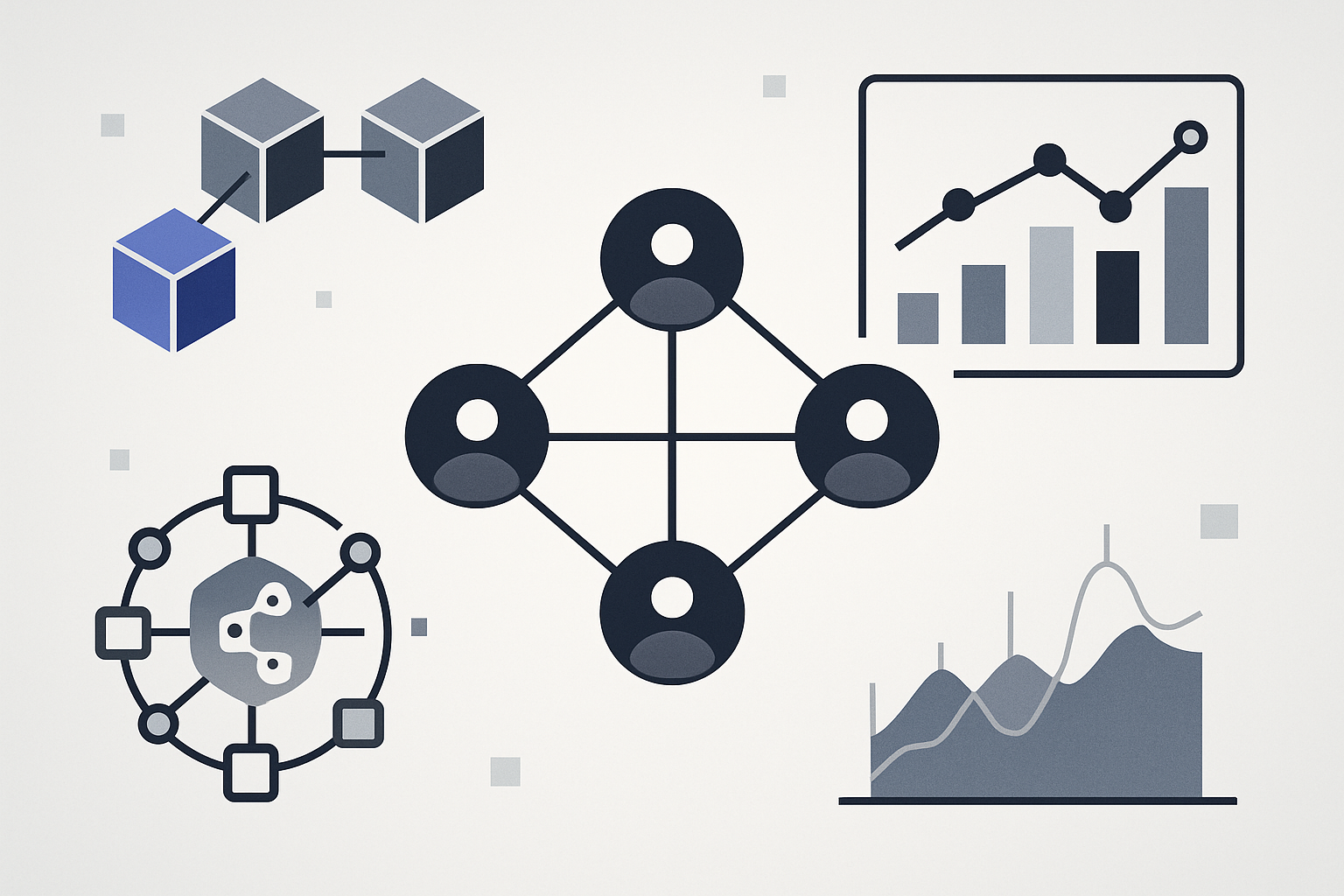
Artificial intelligence agents are rapidly becoming the backbone of perpetual DEX trading, reshaping how traders, protocols, and liquidity providers interact with decentralized markets. What was once a domain dominated by manual strategies and human-driven intuition is now being transformed by autonomous systems capable of processing vast data streams, executing trades in milliseconds, and adapting to market volatility on the fly. The result? A new paradigm for DeFi participants seeking both efficiency and a competitive edge.

Automated Trading and Real-Time Arbitrage: AI’s Competitive Advantage
One of the most compelling use cases for AI agents in perpetual DEXs is their ability to detect and capitalize on arbitrage opportunities across fragmented liquidity pools. Traditionally, identifying price discrepancies meant monitoring multiple exchanges manually or using rigid scripts prone to lag. AI agents, however, ingest real-time price feeds from dozens of sources simultaneously, spotting micro-inefficiencies that humans would miss.
This capability isn’t just theoretical. Leading crypto funds have begun delegating entire portfolios to AI-managed strategies where humans set risk parameters but execution is handled by algorithms that react instantly – free from emotion or fatigue. As a result, these portfolios often outperform their manually managed counterparts, especially during periods of high volatility when speed is paramount.
Liquidity Management: Keeping Capital Productive 24/7
Idle capital is the enemy of yield in DeFi. With market conditions shifting around the clock, even short periods of inactivity can mean missed opportunities. Enter AI-powered liquidity management. Advanced agents now monitor liquidity pools across multiple DEXs, reallocating assets to maximize returns as soon as yields fluctuate or new incentives arise.
This dynamic approach not only boosts individual trader returns but also strengthens the overall health of perpetual DEXs by ensuring that liquidity remains deep and responsive – even during sudden market moves. For a deeper dive into how agentic DeFi protocols automate cross-chain strategies without code or manual oversight, check out this practical guide on cross-chain automation.
Risk Monitoring and Dynamic Fee Structures: Smarter Markets for All
The sophistication of modern AI agents extends well beyond trade execution. Many perpetual DEXs now deploy these systems to continuously monitor both on-chain metrics (like wallet activity or protocol health) and off-chain signals (such as regulatory news or macroeconomic trends). When anomalies arise – say, a spike in liquidation risk due to volatile price swings – these agents can automatically rebalance collateral or partially close positions to protect users from cascading losses.
Moreover, some platforms use AI-driven analysis to implement dynamic fee structures. By adjusting fees based on real-time trading volumes and liquidity conditions, they incentivize user activity when it’s needed most while optimizing rewards for liquidity providers during quieter periods. This not only improves capital efficiency but also aligns incentives across all participants in the ecosystem.
Another area where AI-powered DeFi trading is making a tangible impact is in the realm of autonomous portfolio management. Modern AI agents don’t just execute single trades or rebalance liquidity – they orchestrate entire portfolios across multiple chains, protocols, and asset classes. By analyzing yield rates, risk metrics, and even protocol-specific incentives in real time, these agents can shift capital to the most productive venues without manual intervention. This level of automation unlocks opportunities that would be logistically impossible for human traders to capture at scale.
For professional traders and DAOs alike, this means less time spent micromanaging positions and more time focused on higher-level strategy. The result is a new breed of decentralized fund management that’s both agile and robust, able to adapt instantly as market conditions evolve. If you’re interested in how these frameworks are being deployed for multi-chain DeFi trading, explore this resource on autonomous agentic protocols.
Benefits Beyond Speed: Accuracy, Scalability, and Trust
The advantages of integrating AI agents into perpetual DEXs go far beyond speed. Because these systems operate without emotional bias or fatigue, they deliver a level of accuracy that’s difficult for human traders to match – especially during periods of high volatility or thin liquidity. Their ability to process vast data sets also means they can spot subtle trends or risks long before they become obvious to the broader market.
Scalability is another key benefit. A single AI agent can manage hundreds of strategies simultaneously across dozens of protocols – something no team of humans could achieve efficiently or cost-effectively. This scalability not only enhances returns but also fosters greater diversification and risk mitigation.
Perhaps most importantly for the ethos of DeFi, AI agents contribute to greater transparency and trust in decentralized markets. Their actions are governed by code and publicly verifiable smart contracts rather than opaque decision-making or discretionary intervention. As agentic frameworks mature, we’re seeing more checks and balances built into their operation – including open-source audits and community governance over key parameters.
What’s Next? The Future of DeFAI Use Cases
The evolution doesn’t stop here. As AI models grow more sophisticated and on-chain infrastructure becomes faster (with sub-second finality now achievable on some networks), we can expect even richer use cases: from real-time fraud detection to fully autonomous DAO treasuries that optimize themselves based on market conditions.
The convergence of automated trading decentralized exchanges, real-time execution powered by AI, and agent-governed perpetual contracts will continue to blur the lines between traditional finance and DeFi innovation. For anyone seeking actionable insights into integrating these technologies with their own strategies or platforms, this practical integration guide offers a hands-on starting point.
The bottom line: embracing AI-driven tools isn’t just about keeping up with the pace of innovation – it’s about unlocking new frontiers in efficiency, security, and opportunity within decentralized markets. Whether you’re an individual trader looking for an edge or a protocol architect aiming to future-proof your platform, understanding how AI agents are transforming perpetual DEX trading is no longer optional – it’s essential for staying ahead in an increasingly competitive landscape.





